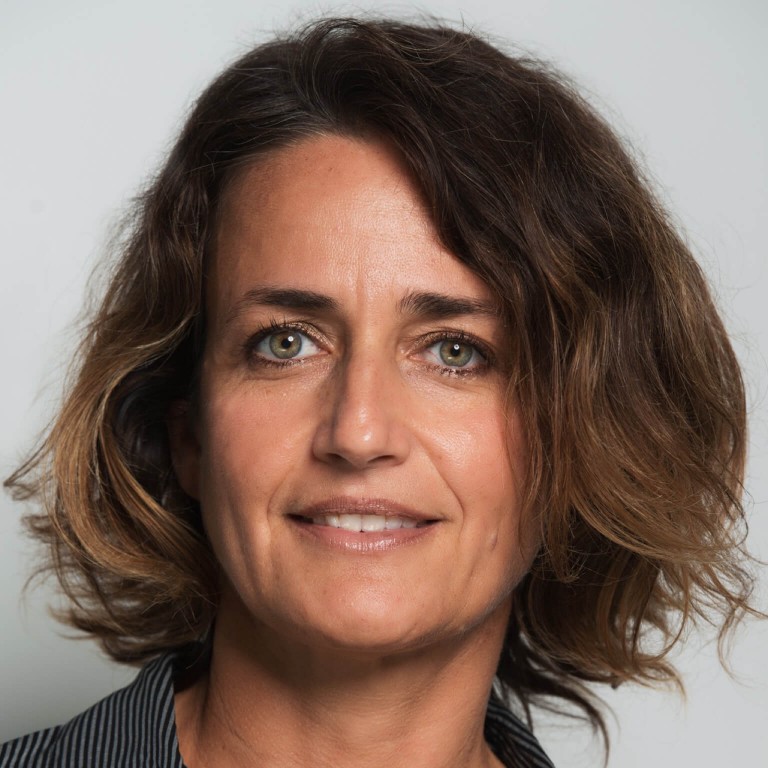Even if for most of applications the definition of the legal basis appears to be quite obvious, the choice can be critical for new development projects for established active substances.
We recently submitted a full-mixed MAA (Article 8(3) of Directive 2001/83/EC) for a product containing an active substance of well-established use (patent expired), with the proposed SPC superimposable to the SPC of other products containing the same active substance (both branded and generic products). As the dossier included also a nonclinical study to further confirm the safety profile of the product, the legal basis of the MAA fell within “full-mixed”. The dossier was based on published literature data and just one proprietary supportive nonclinical study report, therefore the company did not submit along with the MAA the results of studies performed on paediatric population in accordance with a PIP nor proof of having obtained a waiver or deferral.
During the validation phase, the regulatory authorities of the concerned member states requested the results of studies performed on paediatric population or proof of having obtained a waiver or deferral, based on the grounds that the only legal basis that exempt from the need to comply to the Paediatric regulation are, as indicated in the Application Form, well-established use, generic, hybrid and bio-similar applications and traditional herbal medicinal products.
Final decision was made to remove the additional nonclinical study and to change the legal basis into Article 10a of Directive 2001/83/EC (well-established use application): in this way the validation was successfully completed.
Interestingly, this confirmed how the application of the Paediatric regulation is absolutely binding with respect to the legal basis of the application, in some cases also overcoming the intended scope of Regulation (EC) N° 1901/2006 that is, to introduce a requirement for new medicinal products and for authorised medicinal products covered by a patent or a supplementary protection certificate to present either the results of studies in the paediatric population at the time of filing a marketing authorization application or an application for a new indication, new pharmaceutical form or new route of administration.
Moreover, it appears that there is no room for companies to include proprietary supportive studies that better characterize well-known products without incurring into the request of the results of studies performed on paediatric population in accordance with a PIP or the request of proof of having obtained a waiver or deferral. Would the scenario have been different if the company had published the results of the nonclinical study and then included them into the dossier?
In conclusion, based on the above, even for a well-known product, not covered by patent, intended to be used in the same dosage form, indication and posology of the numerous ones existing from decades on the market, the compliance to the Paediatric Regulation can be asked for by the regulatory authorities. This should be taken into account when selecting the legal basis of the application and/or defining the content of the regulatory dossier.




